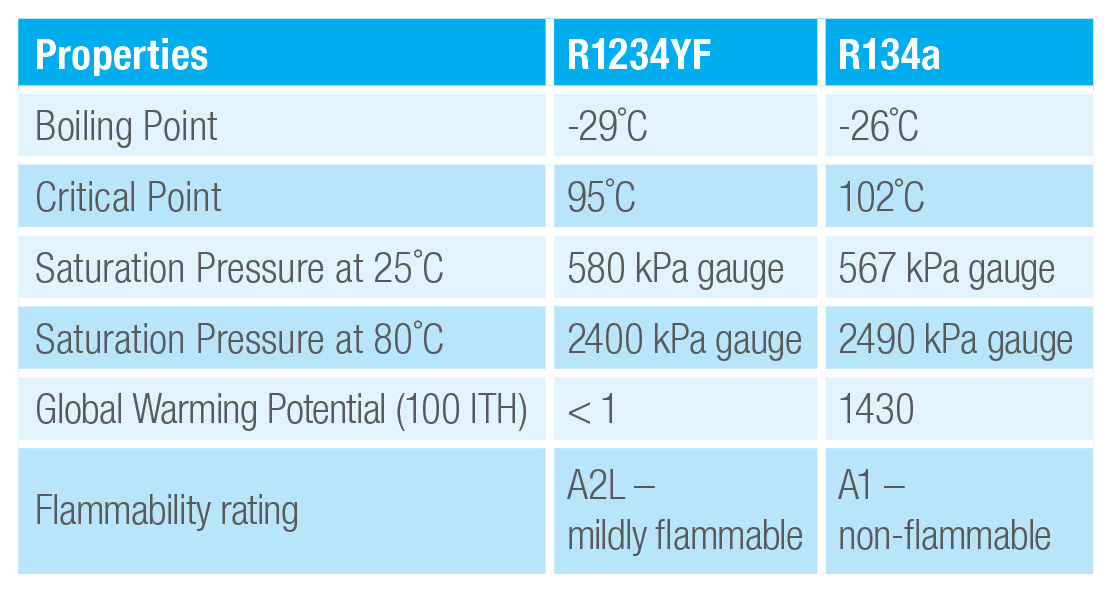New auto gas under microscope at AAA Expo
For the fourth time, the ARC exhibited at the Australian Automotive Aftermarket and Collision Repair Expo, in Melbourne from the 6-8 April.
This event attracts a variety of people, in particular, automotive air conditioning and refrigerant recovery licence holders. With almost 30,000 Automotive air conditioning licence holders Australia-wide, it is important the ARC attends these exhibitions to meet technicians, provide advice
and offer relevant education material. The main questions from the event were around the transition from R134a refrigerant to R1234yf and what this means for industry. There are significant differences between the two gasses. Technicians need to be aware of the following:
- R1234yf has a global warming potential (GWP) of < 1
- R1234yf is not a scheduled substance so does not require a refrigerant handling licence to use (R134a is a scheduled substance so a handling licence is required)
- R1234yf is rated A2L mildly flammable (R134a is non-flammable).

When working with flammable refrigerant R1234yf, technicians will require different equipment that is safe to use and meets Society of Automotive Engineers (SAE) Standards. We recommend you contact your automotive wholesaler and supplier for more information.
Due to its low global warming potential, R1234yf is not a scheduled substance under the Ozone Protection and Synthetic Greenhouse Gas Management Act 1989. Therefore, a refrigerant handling licence is not required to handle this refrigerant, nor is a RTA required to buy, sell or store it.
ARC advises businesses to check their relevant state-based authorities for any additional requirements. It’s important to remember R134a will still be charged in the current fleet of vehicles for years to come, and will continue to be available for servicing and maintenance work. This means the automotive air conditioning licence will remain a non-negotiable for technicians working in the automotive sector.
Back to newsletter
 Contact Us
Contact Us About the ARC
About the ARC

